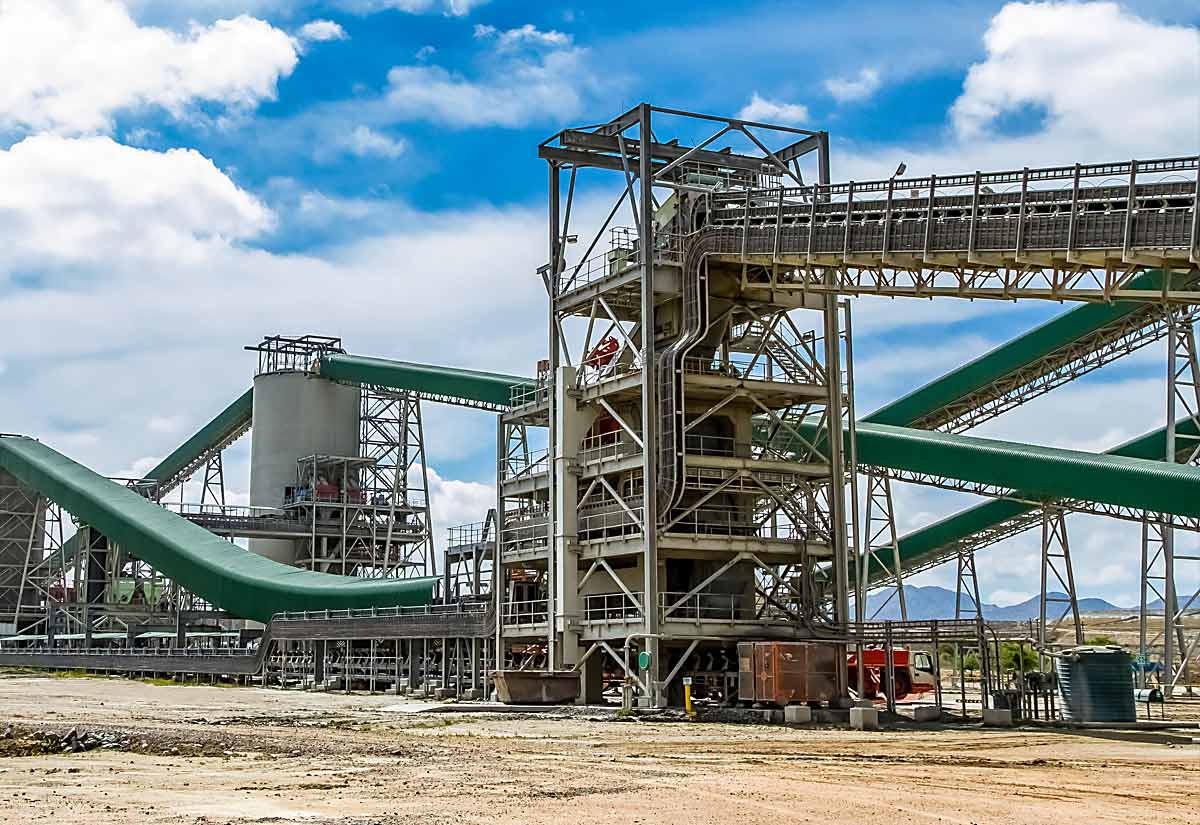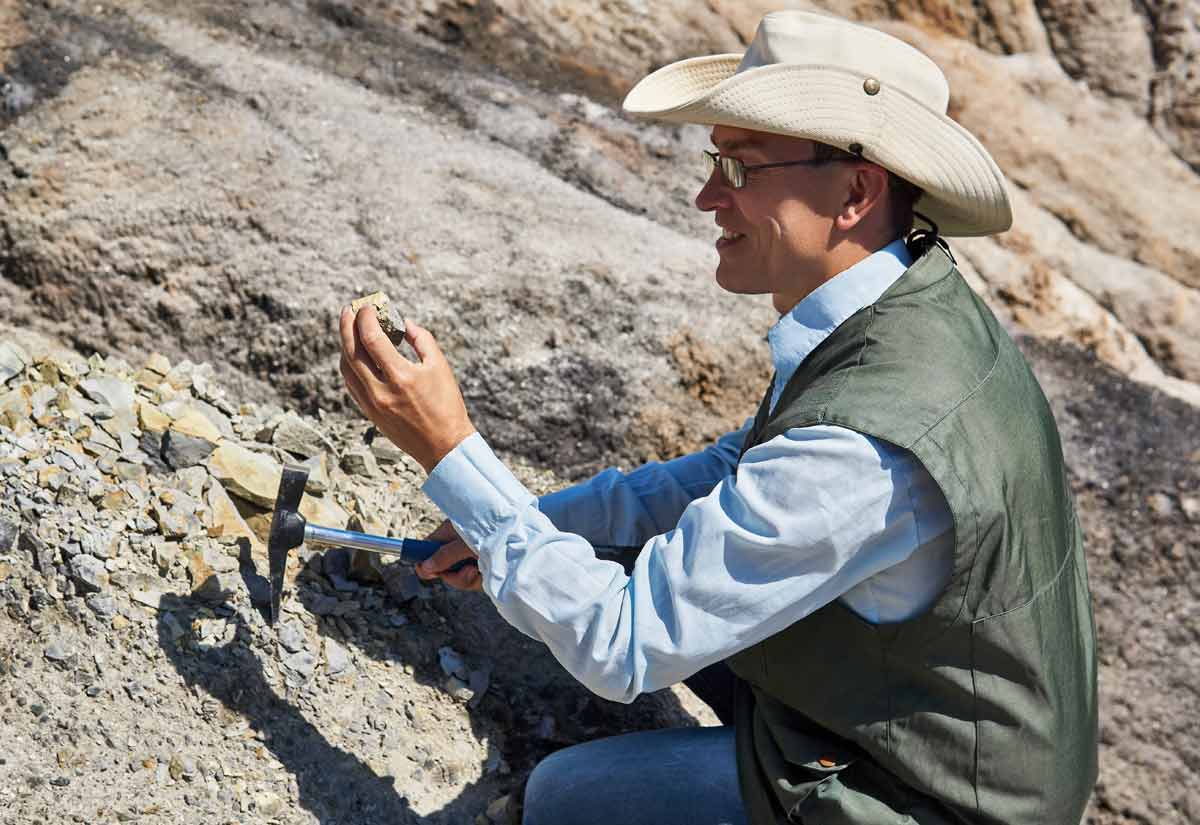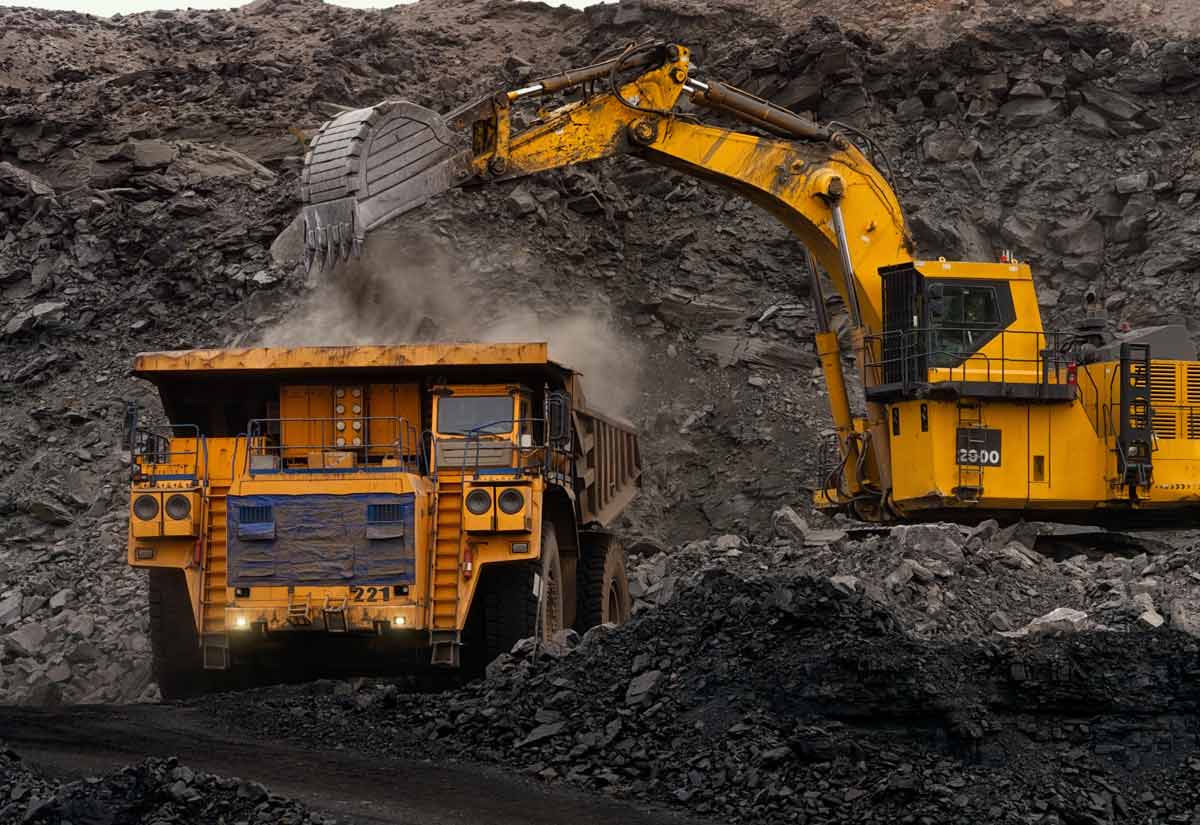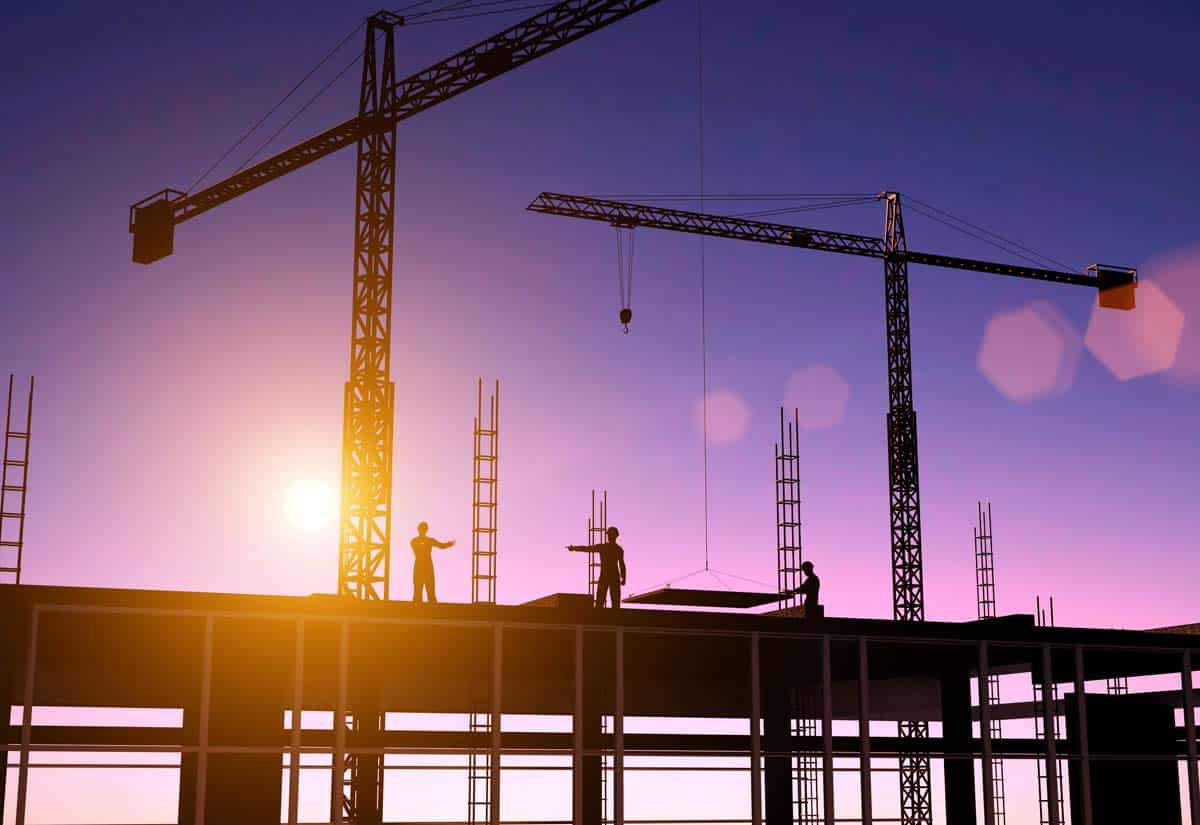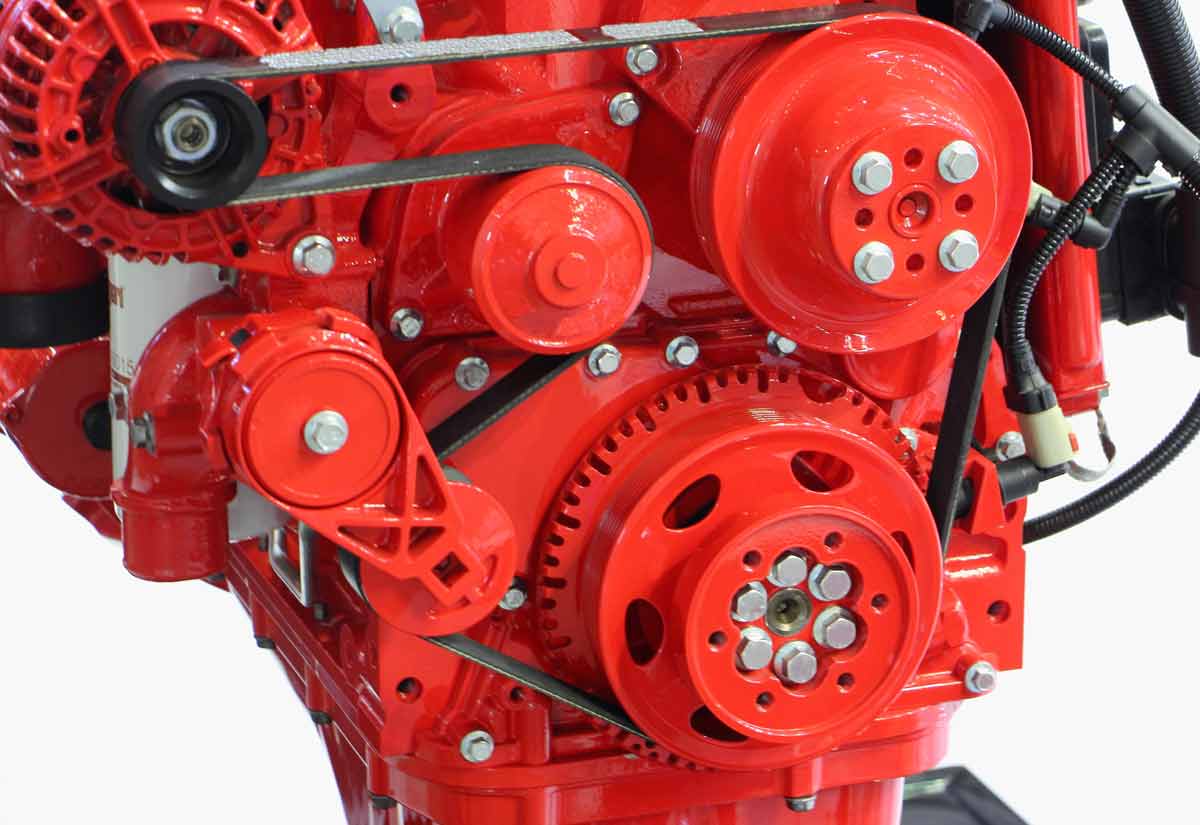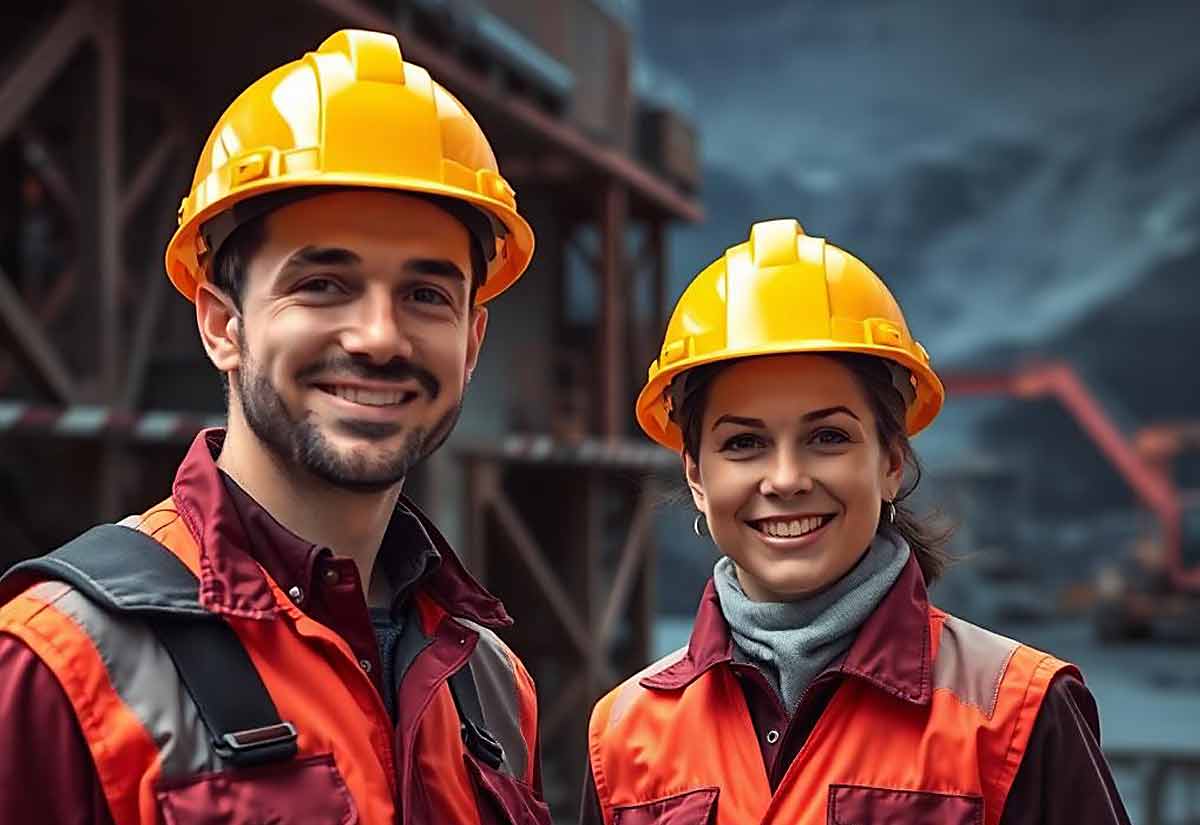It seems the construction industry has sauntered along for decades with the basic concepts remaining intact for erecting homes, commercial, or industrial buildings.
However, we live in a time that seems to require more, faster.
House 3D printing introduces a dynamic the construction industry has never seen. And that’s not a bad thing. We have engineered better materials and equipment for construction.
However, research is showing that 3D printing can be done at a faster and cheaper cost than traditional construction while meeting building codes.
From Laboratory to the Field
It seems engineers had to flex both sides of their brain for over 20 years in the laboratory to obtain the creativity and logic required to introduce 3D printers into the field.
Although not fully integrated into the housing or commercial construction industry, technology has progressed to the degree that it is being considered a legitimate participant in these industries.
Super-Size Me
Currently, in 2018, there are 16 super-size printers available for home construction, five in the United States (Source: Aniwaa). One printer from a United States manufacturer resembles a small crane and can extend up to 4.7 meters (15.4 feet). An added feature can take the extended length to 5.5 meters (18 feet).
The material is a concrete or mud, paste-like material that is pushed through the nozzle of the 3D printer in layers. These printers have the ability to build the frame and the walls, while plumbing and electricity are installed by skilled labor.
There are additional super-size printers capable of reaching larger specifications, or smaller than the one previously mentioned, but some are still prototypes or located overseas.
What Are the Benefits?
Consider the benefits of 3D printing for constructing homes or buildings, like recovery from natural disasters when there is a major housing shortage. Getting monetary disaster relief can be a relatively quick process, resolving long-term housing needs can be slow and arduous.
We have seen some markets experience housing and commercial booms. 3D Printing technology for construction can more readily handle the flood of people and industry into an area. Below are just a few of the benefits more easily identified.
1. Speed
The 3D printing industry was awed by one Chinese company that produced a two-story house in a month and a half. However, more extraordinary, about a year later, Apis Cor, with offices in Russia and San Francisco, announced that it had produced a home in 24 hours.
Imagine: You have selected your home site, Apis Cor brings in their 4.5 meter 3D house printer, the concrete or mud material is delivered, and you have a home within 24 hours.
Incredible!
2. Cost
American housing prices have skyrocketed. According to Kiplinger, the median home price in the US is around $200,000.
The Chinese company reported building their two-story home using 40 percent less material compared to the traditional methods and material required. Apis Cor’s house was reportedly built for around $10,000.
Combined, this represents a major reduction in costs for labor and materials, therefore cheaper housing has been made available.
3. Relief from Overwhelming Debt
It has been said this generation no longer believes it will surpass their parents. Much of that is in relation to housing costs, credit card, and school debt. Families and individuals only have so much buying power.
But the lower cost to obtain a 3D printed home can bring relief from some such economic despair while managing scarcity, being able to allocate more finances not consumed by housing costs.
So the ability to 3D print homes or larger building components makes the future of construction look great, aesthetically even. The homes or buildings may look different, but its significance in construction may not be felt for a few more years.
3D printer technology has provided the opportunity for homeownership. With a little planning now, an impactful career building homes or maintaining the printers can be obtained. It would take just a few people to make a change in their community.
3D house printing construction is advancing exponentially, dynamic in its working!
Sourcing Concrete Material for 3D Printing
In 2017, the US Army Corps of Engineers —a pioneer in large-scale 3D printing—announced that it achieved an engineering feat by creating the first “printed” barracks. This fully functional building was made entirely from concrete that was sourced locally. The concrete printing medium used varied from a lightweight wood-based concrete to a more conventional gas-aerated concrete.
This is an important development for the aggregate materials market —considering the potential 3D printing offers in providing low-cost and highly-sustainable construction.
Could sourcing 3D printing material be the next vertical market for our industry?
To join the conversation about trends and innovations in the mining and aggregate construction materials industry, or to learn more about our recruiting services, we invite you to connect with us!


